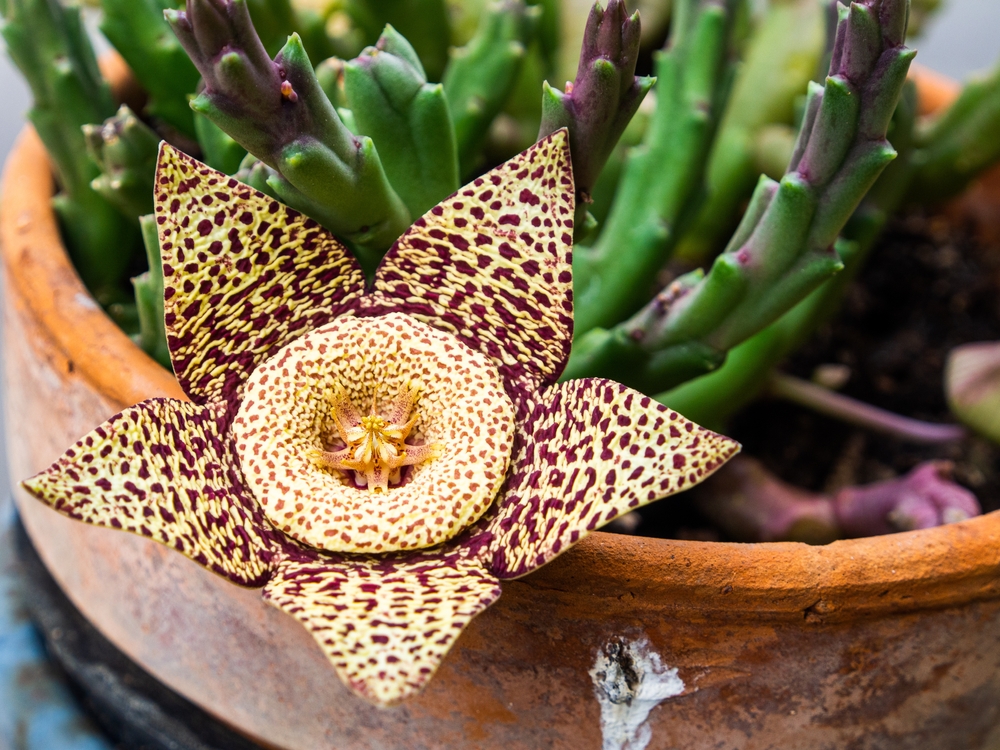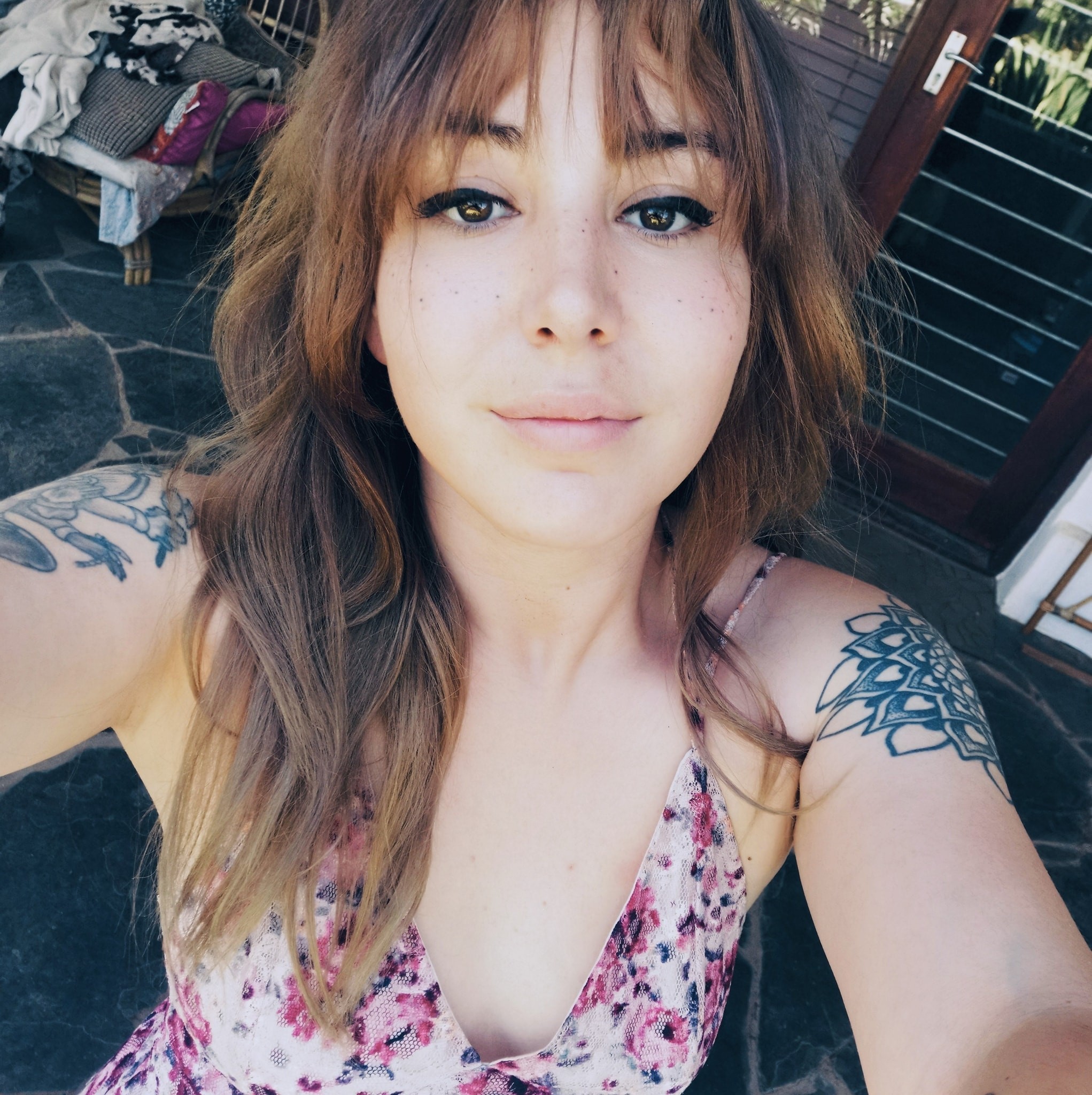These exotic houseplants are more than just pretty decor. Each one brings something rare and fascinating to your indoor space. If you are tired of spider plants and rubber trees, these seven plants offer a breath of fresh, unusual air. With striking shapes, bold colors, and unique growth habits, these indoor plants are sure to impress even the most seasoned plant parents.
Monkey Face Orchid Looks Just Like a Tiny Primate
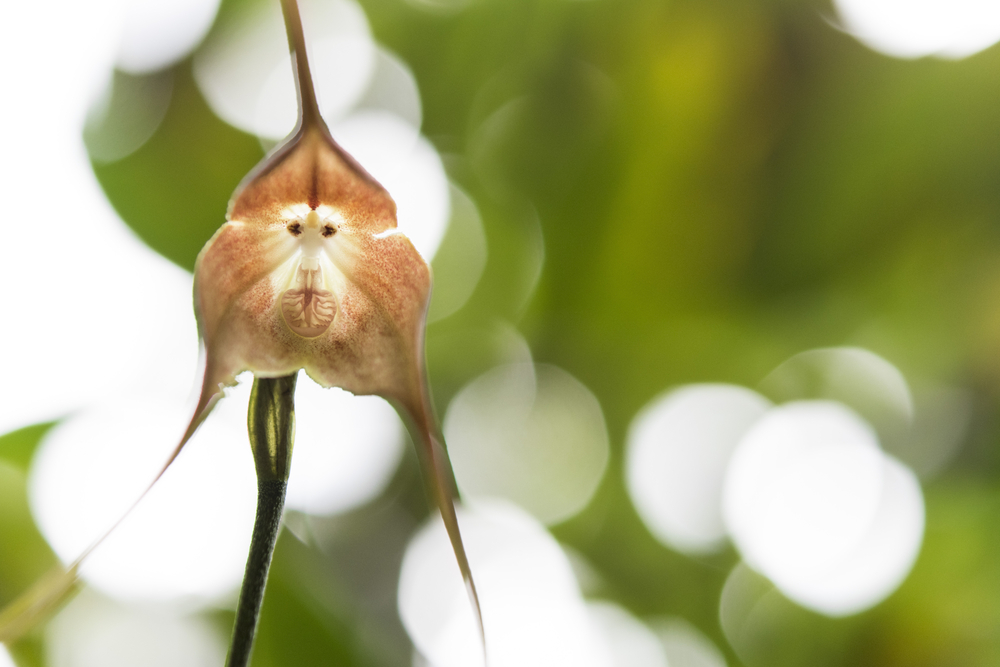
The Monkey Face Orchid is one of the most unusual exotic houseplants you will ever see. Native to the cloud forests of Ecuador and Peru, this orchid blooms with a flower that looks exactly like a monkey’s face. The plant thrives in cool temperatures and low light, mimicking the misty mountain habitats where it naturally grows. The flowers have a sweet citrus-like scent, making them even more appealing. This rare beauty is a favorite among collectors who want something far from ordinary.
Hindu Rope Plant Has Twisted, Wax-Like Leaves
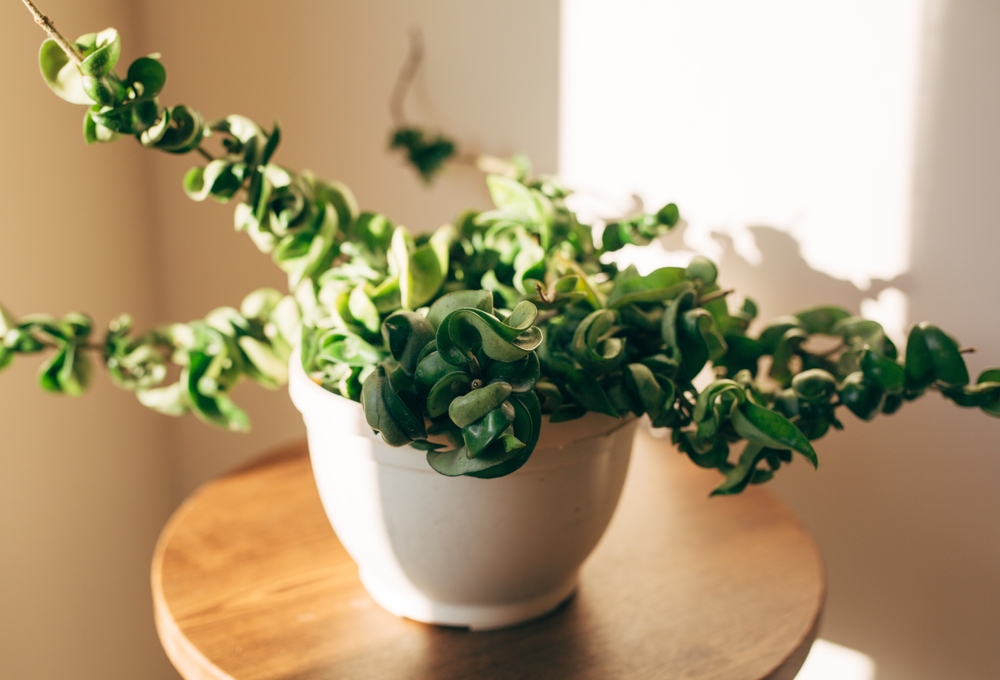
If you like plants that look like they belong in a sci-fi movie, the Hindu Rope Plant is for you. This plant features thick, curled leaves that twist along long, hanging vines. As it matures, it produces clusters of waxy, star-shaped flowers that smell sweet and look unreal. Among exotic houseplants, this one is surprisingly easy to care for. It prefers bright, indirect light and can handle a bit of neglect. It is especially popular for hanging baskets or decorative shelves.
Desert Rose Blooms with Bonsai-Like Drama
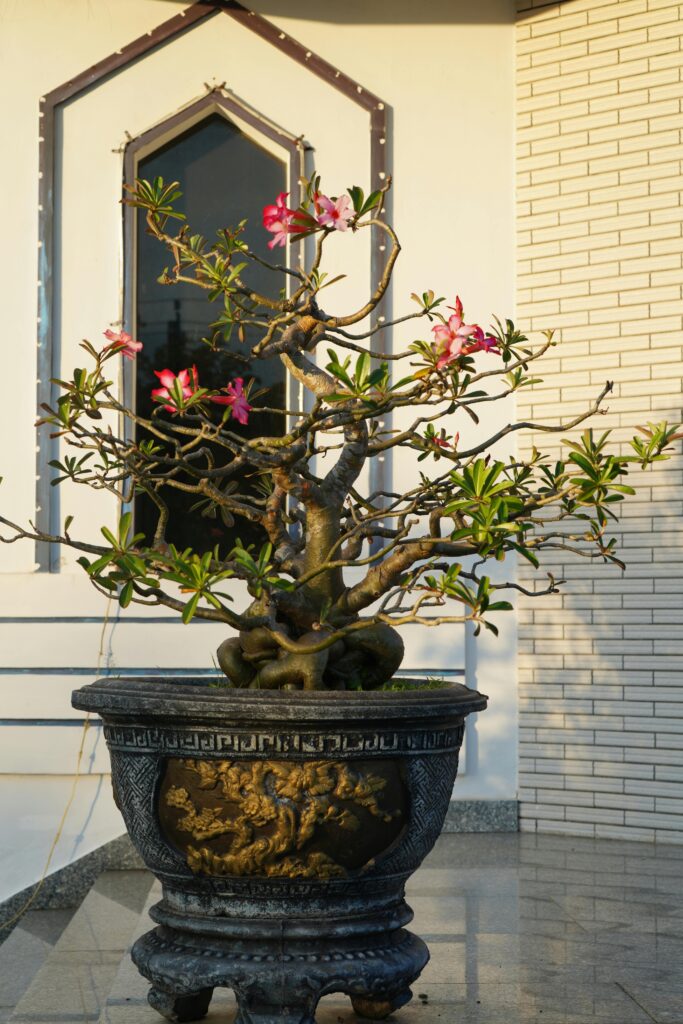
The Desert Rose is a bold and sculptural plant with thick, swollen roots and bright, tropical blooms. It hails from Africa and the Middle East and adapts well to sunny windows indoors. What sets this plant apart from other exotic houseplants is its water-storing caudex, which gives it a bonsai-like look. Flowers bloom in pink, red, or white against deep green leaves. This plant needs good drainage and a sunny spot to truly thrive. Keep it away from pets, as its sap can be toxic.
Blue Star Fern Has Shimmering, Wavy Fronds
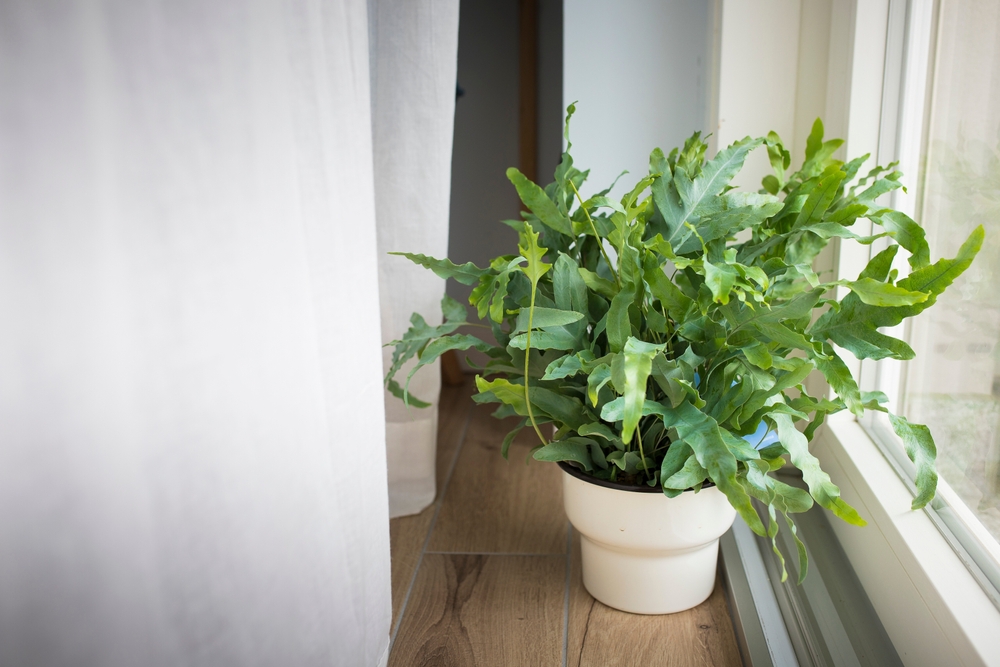
Unlike most ferns, the Blue Star Fern brings cool blue-green hues to your indoor collection. Its waxy, wavy fronds grow in forks and curves, giving it a sculptural, dreamy appearance. It grows best in filtered light with consistent humidity. This makes it ideal for bathrooms or shaded corners with a humidifier nearby. It is one of the most visually soothing exotic houseplants you can grow. Its creeping rhizomes even peek through the soil, adding an extra touch of wild character.
Lifesaver Plant Blooms with Candy-Like Centers
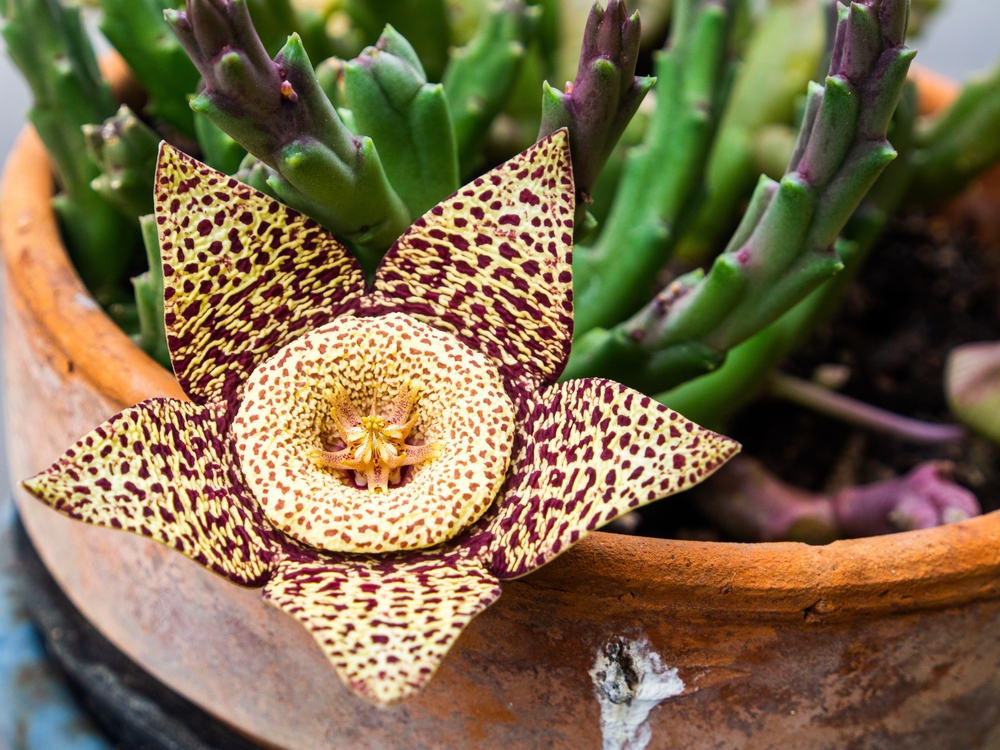
The Lifesaver Plant is a compact succulent with flowers that look just like striped candy. Its star-shaped blooms feature a thick red center surrounded by yellow stripes, giving it the look of a chewy treat. Native to southern Africa, this succulent is part of the stapeliad family. It thrives in bright light with well-draining soil and minimal watering. The green, toothed stems add another layer of visual interest. Among exotic houseplants, this one is great for people who enjoy odd but low-maintenance greenery.
Rose Grape Produces Clusters of Pink Hanging Flowers
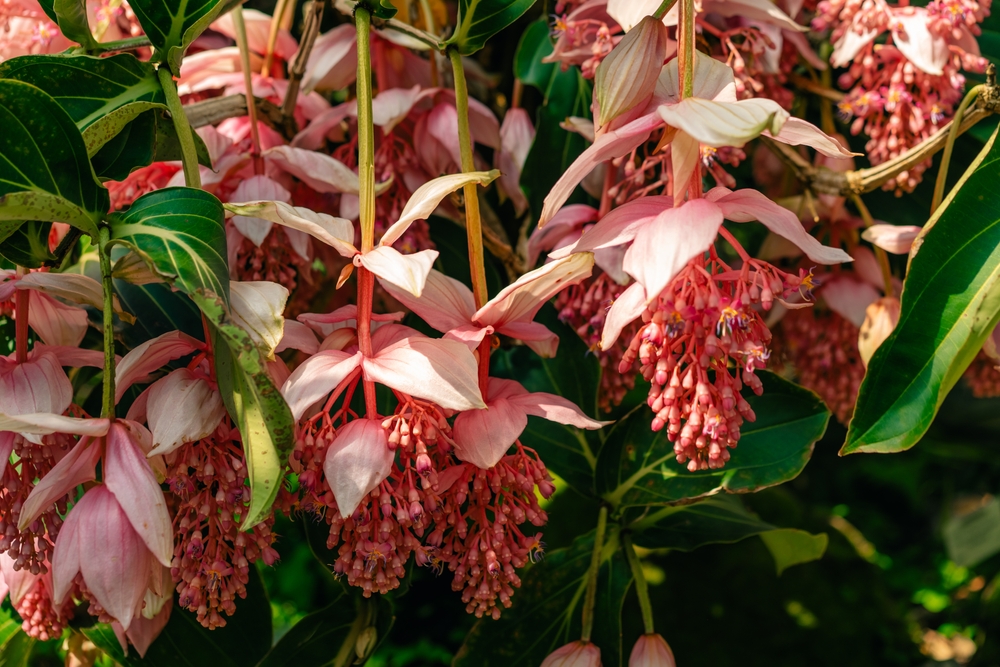
The Rose Grape is a show-stopper among exotic houseplants. Native to the Philippines, it grows large, glossy leaves and stunning drooping flowers that resemble bunches of grapes. Its pink blooms are long-lasting and highly decorative, giving any room a tropical feel. This plant needs bright, indirect light, high humidity, and soil that drains well. It is not the easiest to care for, but the visual payoff is massive. Keep it in a warm, stable location for best results.
Coral Cactus Looks Like a Living Ocean Reef
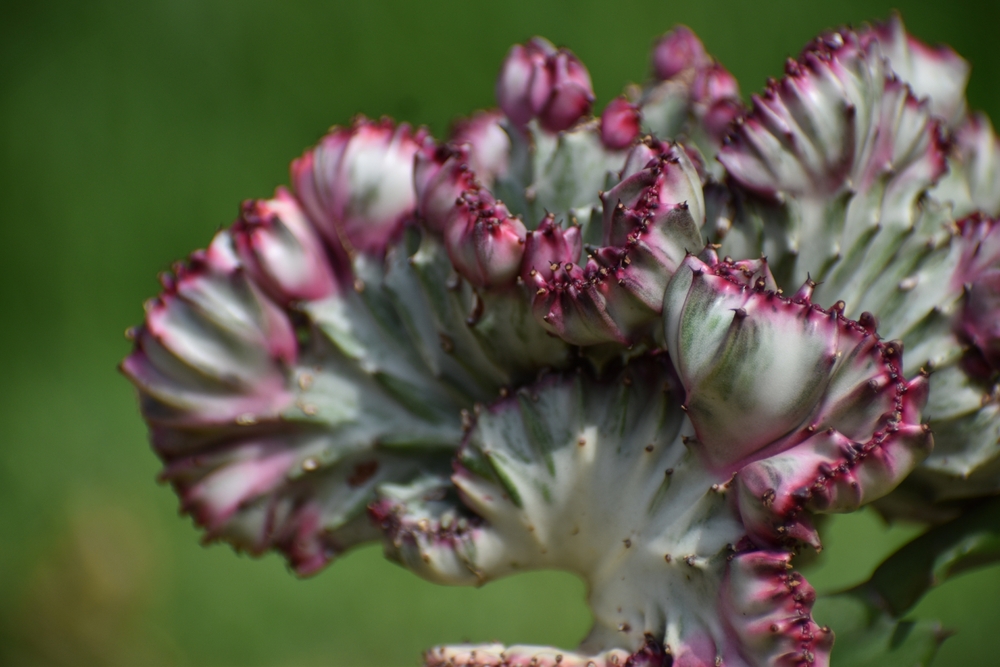
The Coral Cactus is not actually a cactus, but a grafted succulent with a crest that looks like coral. Its ruffled, fan-shaped top can display shades of purple, pink, or green depending on the variety. The base is usually a standard euphorbia, which provides stability and nutrients. Like many exotic houseplants, the Coral Cactus prefers bright light and only occasional watering. Its sculptural look makes it perfect for modern spaces or minimalist interiors. Be cautious when handling it, as its sap is toxic.
Why Exotic Houseplants Are Worth the Effort
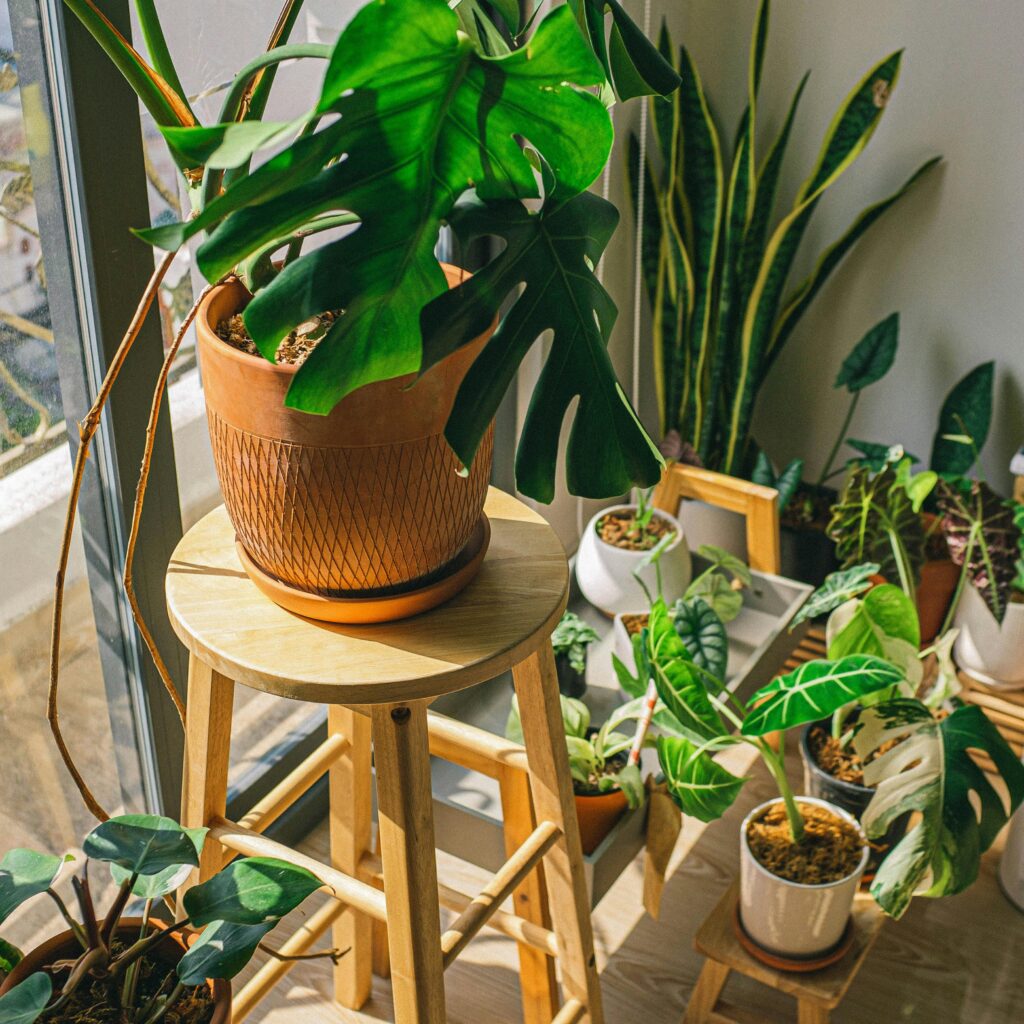
These rare indoor plants go beyond decoration. They offer texture, color, and a strong visual story that more common plants often lack. Exotic houseplants like the Monkey Face Orchid or Lifesaver Plant are perfect for collectors or anyone looking to make their space more memorable. Many of these species come from remote or specific habitats, so their growing needs might differ from your average houseplant. However, the rewards of watching something this rare flourish in your care are unmatched.
Choose One or Try Them All
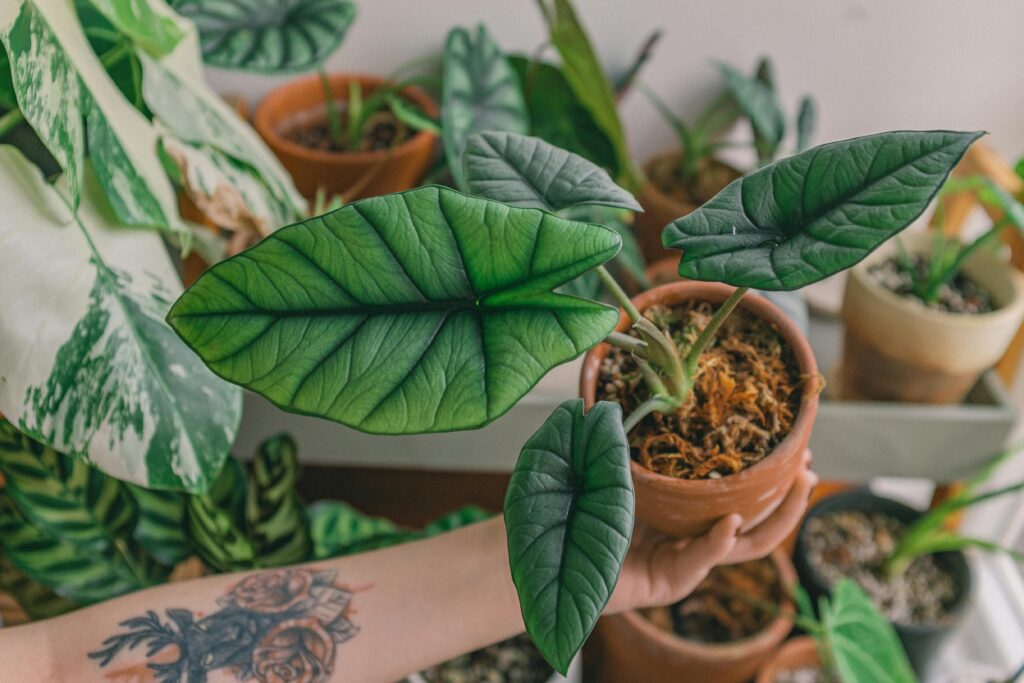
Whether you want a bold bloomer like the Desert Rose or a twisty wonder like the Hindu Rope Plant, each of these exotic houseplants brings something new to the table. These plants are not just decorations, they are experiences. Adding one to your collection is a step toward making your home feel more alive, curious, and full of wonder. Once you discover the charm of rare plants, you may never go back to the basics again.
Read More: 20 Beautifully Fragrant Plants to Transform Your Garden
Disclaimer: This article was created with AI assistance and edited by a human for accuracy and clarity.
